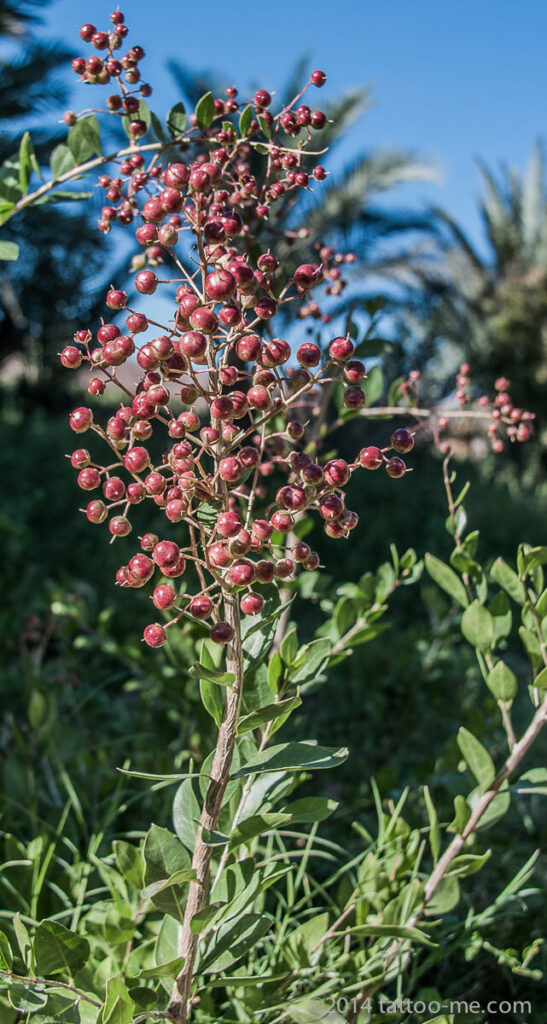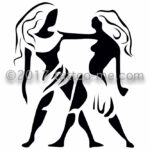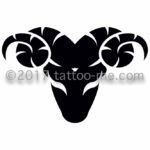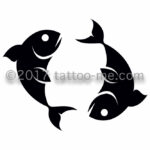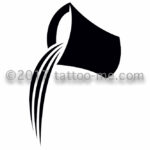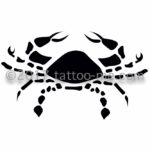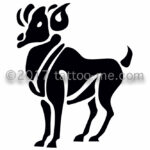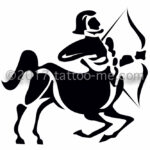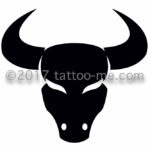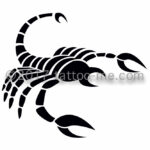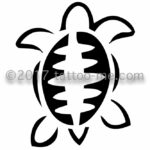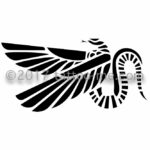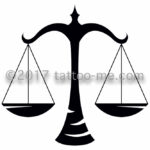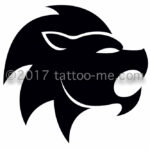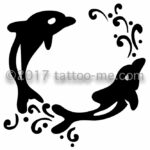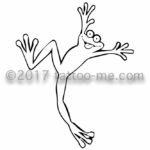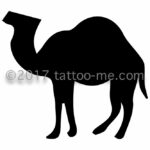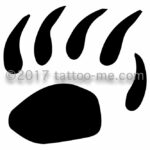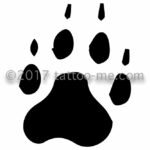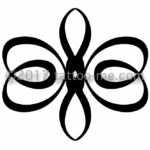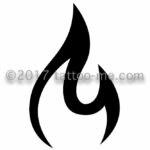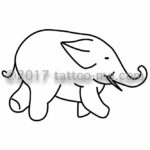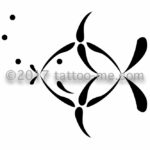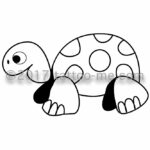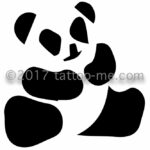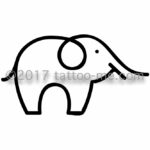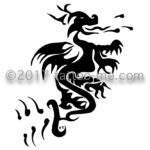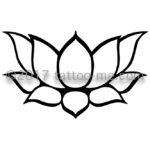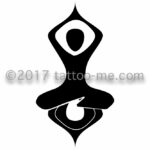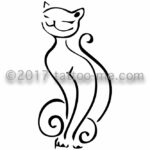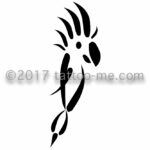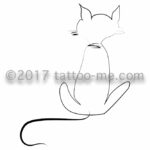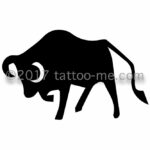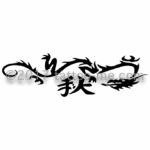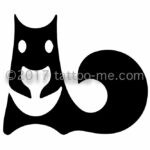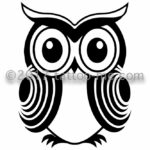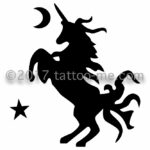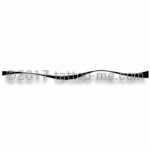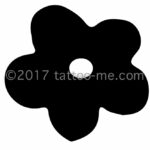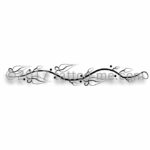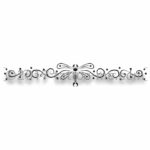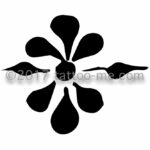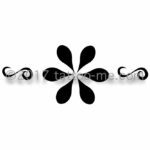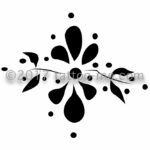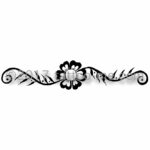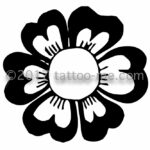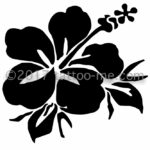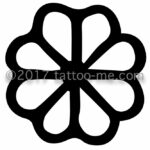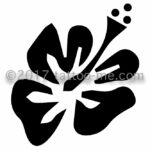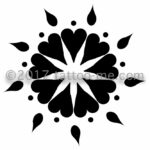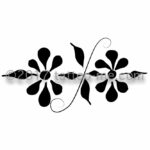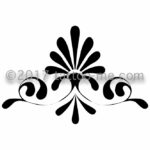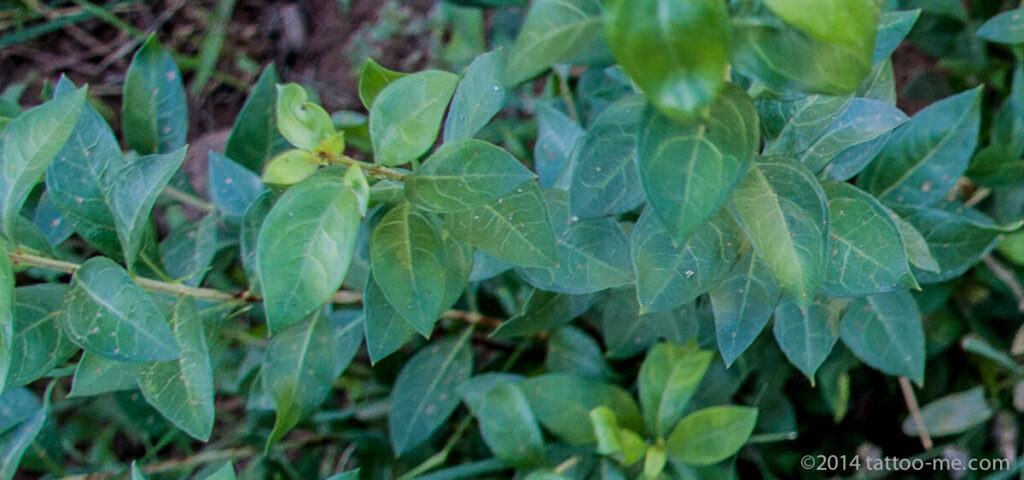
Scientifically referred to as Lawsonia Inermis, henna in the West is most commonly used to dye hair. But with the new popularity of tattoos, henna and the art of Mehndi is considered a safe, painless and non-permanent alternative form of body ornamentation. Although henna is traditionally drawn only on the hands and feet, feel free to create your designs on arms, legs, around the belly button, and even may be behind the neck. Scientific Analysis on Henna Family: Lythraceae, (Lawsonia inermis L.)
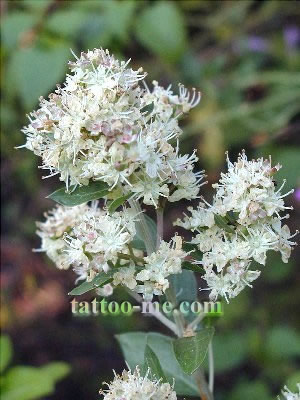
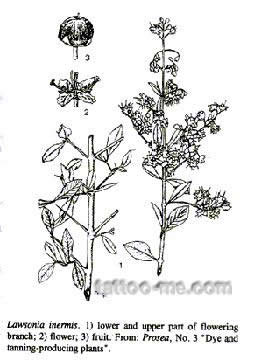
A perennial shrub native to North Africa, Asia and Australia, is naturalized and cultivated in the tropics of America, Egypt, India, and parts of the Middle East. Also known as El-Henna, Egyptian priest, and mignonette tree, the species is sometimes classified as Lawsonia alba Lam. or Lawsonia ruba. Reaching a height of up to 6 meters, the plant has fragrant white or rose-red flowers.
The reported life zone of henna is 19 to 27 degrees centigrade with an annual precipitation of 0.2 to 4.2 meters and a soil pH of 4.3 to 8.0 . Henna is planted today primarily as an ornament hedge, but is probably best known for its dried, ground leaves (called henna) traditionally used to produce colorfast orange, red, and brown dyes. Dried, powdered leaves of henna contain about 0.5 to 1.5 percent lawsone, the chief constituent responsible for the dyeing properties of the plant. Henna also contains mannite, tannic acid, mucilage, gallic acid, and naphtaquinone.
The leaves of henna have been used in Asia since antiquity as a hair, nail, and skin dye. In the West and the Middle East, henna is used in hair shampoos, dyes, conditioners, and rinses. Henna dye products are mixed with indigo or other plant material to obtain a greater color range. Extracts of henna are also used to stain wood and to dye fabric and textiles.
As a medicinal plant, henna has been used for astringent, antihemorrhagic, intestinal antineoplastic, cardio-inhibitory, hypotensive, and sedative effects. It has also been used as a folk remedy against amoebiasis, headache, jaundice, and leprosy. Henna extracts show antibacterial, antifungal, and ultraviolet light screening activity. The flowers possess a pleaseant aroma and crude perfumes are produced in some major growing areas by preparing a suspension of comminuted flowers in vegetable oil.
Henna in the West is most commonly used to dye hair. But with the popularity of tattoos, henna and the art of Mehndi is considered a safe, painless and non-permanent alternative form of body ornamentation.
Although henna is traditionally drawn only on hands and feet, feel free to create your designs on arms, legs, around the belly button, and even may be behind the neck.
Source: The scientific Literature on selected herbs, Aromatic and Medicinal plants of the Temperate Zone. Archon Books, 770 pp., Hamden, CT. Herbs: An indexed bibliography. Simon, J.E., A.F. Chadwick and L.E. Craker. 1984


